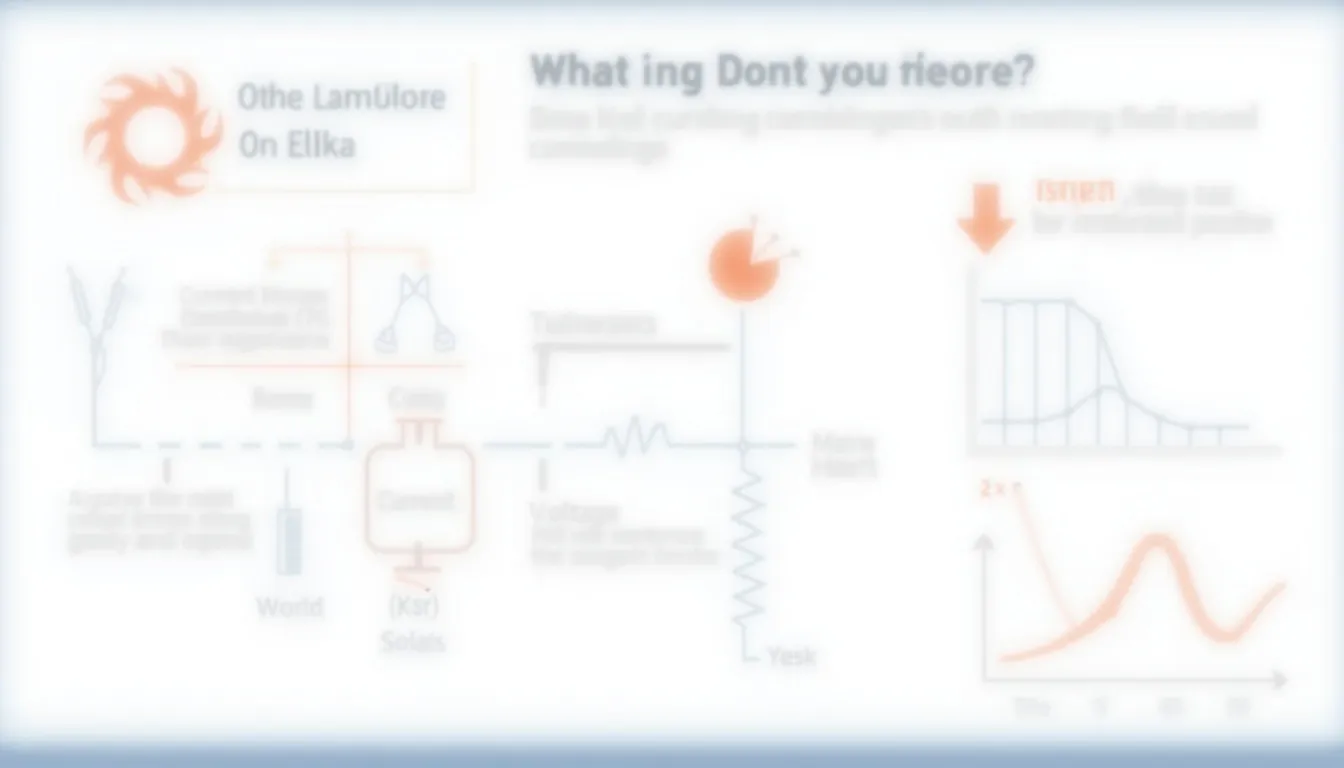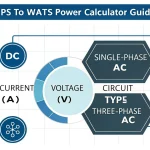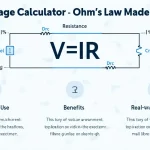Resistance Calculator
Is this tool helpful?
How to use the tool
- Current (A) – type the circuit current, e.g., 2.20 A or 0.33 A.
- Voltage (V) – enter the measured voltage, e.g., 9.00 V or 5.00 V.
- Press “Calculate”; the result appears below the form with two-decimal accuracy.
Formulas
Ohm’s law links voltage V, current I and resistance R:
$$V = I \times R$$Rearranged to find resistance:
$$R = rac{V}{I}$$Example 1
- Input I = 2.20 A, V = 9.00 V.
- Calculation: $$R = rac{9.00}{2.20}=4.09\;\Omega$$
- The result box shows 4.09 Ω.
Example 2
- Input I = 0.33 A, V = 5.00 V.
- Calculation: $$R = rac{5.00}{0.33}=15.15\;\Omega$$
- The tool displays 15.15 Ω.
Quick-Facts
- Standard mains voltage: 230 V ±10 % in Europe (IEC 60038).
- Common speaker impedance: 4-8 Ω (Audio Engineering Society, 2015).
- E12 resistor series tolerances: ±10 % (IEC 60062).
- 1/4 W 1 kΩ resistor price ≈ $0.02 each in bulk (Mouser, 2024 catalogue).
- Maximum safe touch voltage: 50 V AC (NFPA 70E, 2021).
What is electrical resistance?
Electrical resistance is a material’s opposition to current flow, measured in ohms (Ω) (Horowitz & Hill, 2015).
Why divide volts by amps?
Dividing voltage by current isolates resistance because Ohm proved their proportionality in 1827 (Ohm, 1827).
How accurate is the calculator?
It shows two-decimal resolution; measurement accuracy still depends on your meter’s ±1 % typical error (Fluke 87-V datasheet, 2022).
Can I enter milliamps?
Yes. Convert 250 mA to 0.25 A before entry to keep units consistent (NIST SP811).
What happens with zero current?
The form blocks zero because dividing by zero is undefined and yields infinite resistance (IEEE Std 100-2020).
Is 1 kΩ safe for Arduino I/O?
Yes; 1 kΩ limits current to 5 mA at 5 V, below the 20 mA pin rating (Arduino Uno Rev3 datasheet, 2023).
How do I size a power resistor?
Use P = V²/R; a 12 V drop across 10 Ω dissipates 14.4 W, so pick ≥25 W package (Vishay PR02 datasheet, 2021).
Expert tip on derating
“Operate power resistors below 70 % of rated wattage for long-term reliability” (Vishay PR02 datasheet, 2021).
Important Disclaimer
The calculations, results, and content provided by our tools are not guaranteed to be accurate, complete, or reliable. Users are responsible for verifying and interpreting the results. Our content and tools may contain errors, biases, or inconsistencies. Do not enter personal data, sensitive information, or personally identifiable information in our web forms or tools. Such data entry violates our terms of service and may result in unauthorized disclosure to third parties. We reserve the right to save inputs and outputs from our tools for the purposes of error debugging, bias identification, and performance improvement. External companies providing AI models used in our tools may also save and process data in accordance with their own policies. By using our tools, you consent to this data collection and processing. We reserve the right to limit the usage of our tools based on current usability factors.







